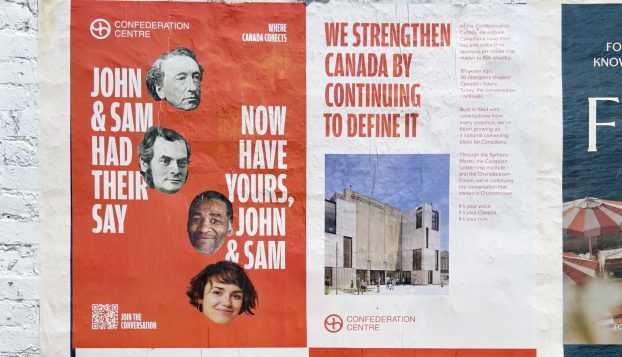Roughly three years after its launch, Coca-Cola’s ‘Coke Card’ has been capped.
The Toronto-based beverage giant recently cancelled the summer promotion aimed at building loyalty for its Coca-Cola Classic brand among Canada’s youth.
Coca-Cola spokesperson Kari Kerr confirmed the loyalty program has been terminated, but declined to give any reasons for its demise. While there are other projects underway to target the youth market – presumably to replace the Coke Card – Coca-Cola is not yet prepared to discuss them, she says.
Each summer since May 1999, several million plastic Coke Cards have been distributed to youth at concerts, shopping malls and other events across the country. The cards offered deals on everything from clothes to entertainment to food, and could be redeemed at over 16 national and 34 regional partner outlets.
At launch, Coca-Cola boasted about the cards’ simplicity: it was free, there was no sign-up and no forms to fill out – kids and teens simply presented the card at a participating sponsor, and purchased a Coca-Cola Classic to get a deal.
There’s no question simplicity is key, according to youth marketing consultant, Max Valiquette, president of Toronto-based Youthography – but that’s exactly what might have been missing. Consumers want a clear, quick understanding of what benefits a particular card or program brings – punch a Second Cup coffee card six times, for example, get a free coffee.
‘With the Coke card, it was a question of ‘Are there other products here that you get a discount on? What if you don’t like these products? How does it work?” he says. ‘And especially with a youthful demographic, simplicity in a promotion is really important. Maybe that might have been missing.’
Young people also tend to look for promotions that reward them instantly, or where there are lots of chances to win stuff, he adds. In addition to those challenges, the Coke card faced another issue, he says: young teens have a hard time managing cards – they’re not wallet-driven or focused.
Toronto-based market intelligence consultant, Gregory Skinner, isn’t terribly surprised the program’s kaput.
‘I know the awareness of the program was incredible,’ he says. ‘They got very good response as far as awareness goes, and that’s huge in the youth market. But you have to consider the payback they were getting from it. To run a program like that is not cheap – so how much loyalty did it build?’
Beyond a question of ROI, one of the negative factors, he says, may have been the fact that kids will not do anything that requires too much work or effort, or that doesn’t guarantee a freebie or prize. ‘Based on studies I’ve done, loyalty cards like these are a lot of effort for kids, particularly when you have to go and buy something and then get something else for free. If there’s a lot of work involved, they tend not to get involved.’
Initially, according to Strategy reports at time of launch, Coke said the card’s primary purpose was not to collect information or engage in relationship marketing, nor would database marketing figure into future incarnations.
In fact, as the Coke Card loyalty program progressed, emphasis was placed on its Web site – first developed by Modem Media, and subsequently taken over by Cossette Interactive Toronto in 2001. The second iteration of the site (www.cokecard.ca), which blended flashy images with hip language, encouraged teens across Canada to sign up to receive the card and take part in contests (to encourage teens to revisit the site, Coke gave away a grand prize, along with monthly and weekly prizes).
Site visitors could log on to find out where they could use their card and what new offers were available, as well as opt-in to receive e-mails every two weeks reminding them to check back for hot deals at the site.
As to what’s next, Skinner speculates the investment in building the database will be amortized, by somehow incorporating the resource in future efforts. ‘I’m sure they’ll come up with something to replace it. There are a million different things they can do with it, but it depends on the depth and scope of information collected.’























